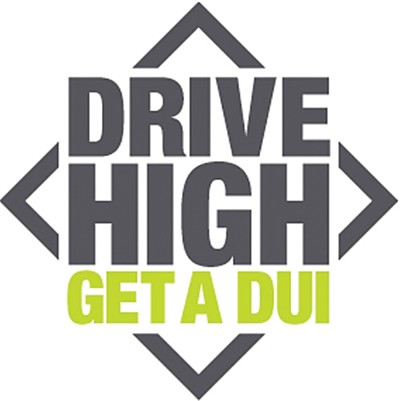New research from the AAA Foundation for Traffic Safety shows a „concerning number of Washington state drivers involved in fatal crashes are testing positive for recent use of cannabis.”
Since the state legalized marijuana in December 2012, the number of drivers who have tested positive for THC (the main psychoactive ingredient in cannabis) after a fatal crash has doubled, according to AAA.
Between 2008 and 2012, about 8.8 percent of Washington drivers involved in fatal car crashes tested positive for THC. That figure rose to 18 percent between 2013 and 2017, according to the group. The rise „raises important traffic safety concerns for drivers across the country” as recreational marijuana use is now legal in 11 states and Washington, D.C.
„This study enabled us to review a full 10 years’ worth of data about the potential impact of marijuana on driving safety — and it raises significant concerns,” said Dr. David Yang, executive director of the AAA Foundation for Traffic Safety. „Results from the analysis suggest that legalization of recreational use of marijuana may increase the rate of THC-positive drivers involved in fatal crashes.”
The average number of THC-positive drivers increased, too. In the five years before legalization, an average of 56 drivers involved in fatal crashes each year were THC-positive. In the five years after legalization, the average jumped to 130.
The study did not attempt to determine if marijuana contributed to the crashes included in its latest research. It focused only on the prevalence of drivers who tested positive for active THC.
A number of studies show that cannabis use impairs the ability to drive safely. It can fog concentration, slow reaction times, and cloud judgment. But how much is too much? No one really knows, according to AAA.
Its research found that „no data reliably shows what level of THC impairs driving.” The chemical’s effects vary by user, the group said, and THC testing cannot be done until hours after a crash.
This poses a problem to the states that have legalized cannabis, either for recreational or medical purposes. So far, seven states have set limits on the amount of THC drivers can have in their systems, much like legal limits for alcohol.
In 2017, the National Highway Transportation Safety Administration (NHTSA) said such limits appear „to have been based on something other than scientific evidence.” Many arrested by law enforcement officials for driving under the influence of cannabis were later found to have THC below those set thresholds.
The NHTSA said getting a blood sample tested could take one to two hours, maybe allowing levels to fall below set levels.
„This will place a large burden on the officer to make the case through objective evidence of impairment along with signs and symptoms associated with marijuana use,” reads the 2017 report. „The blood THC concentrations will often impede, rather than assist, in making the case to a judge or jury who has to determine whether a suspect is impaired as a result of their marijuana use.”
AAA suggests that states should not rely on „an arbitrary legal limit” alone to determine if a driver is impaired. The group suggests a two-pronged approach: a positive test for recent marijuana use and behavioral and physiological evidence of driver impairment.
Last year, a AAA survey found that nearly 70 percent of Americans think it’s unlikely a driver will get caught by police for driving shortly after using marijuana. The survey also found that an estimated 14.8 million drivers reported getting behind the wheel within one hour after using marijuana in the past 30 days.
